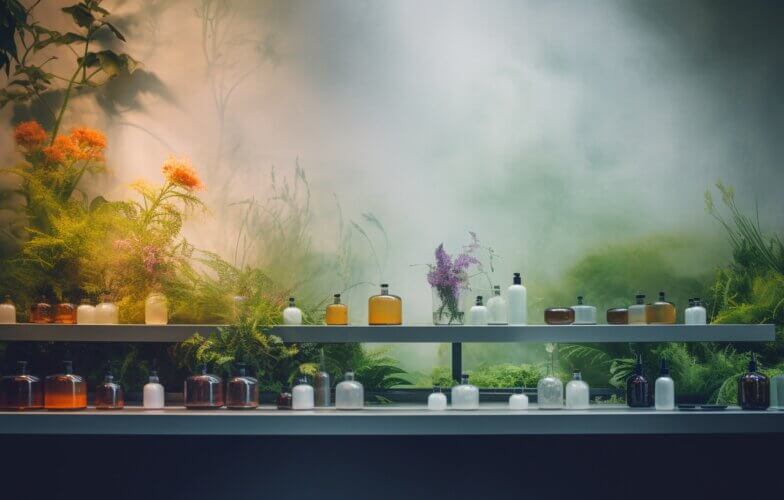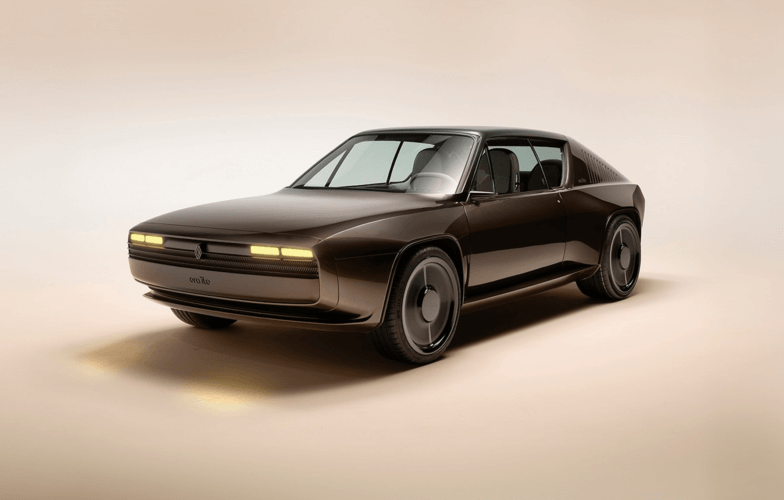
Is AI an ally or enemy for creativity?
DecodingsThe new generative artificial intelligence systems fascinate, intrigue, and … (sometimes) send chills up our spines. With their ability to quickly produce original content based on simple text prompts, they’re revolutionary, but their use challenges the role of humans in the professional world, especially the creative fields.
With AI we can conceive of and produce the unthinkable: imaginary collaborations, fictitious places, and new muses or spokespeople for brands. So, are the creative director, stylist, and strategic planner professions threatened?
NellyRodi experts don’t think so. Fashion & Lifestyle Consultant Jessica Almeida explains why AI isn’t an enemy for brands and creatives. On the contrary, it’s their best ally for the future.
AIs such as Midjourney and Chat GPT are new tools in the creative industries’ ecosystem, and they’re not productive without human help. Agencies like Cowboys are already helping brands use AI to generate relevant texts and images. AIs help save time, but, above all, they bring out unlimited creativity … if you know how to use them.
Voir cette publication sur Instagram
Today we observe five principal areas of application for brands:
1) Create communication campaigns using new esthetic worlds, while still maintaining brand DNA
Last April Revolve created its “Best Trip” campaign in collaboration with the Maison.Meta AI studio. The mood was soft and dreamy with giant flowers and unreal colors, all which would have been difficult to accomplish with photography and a staged setting. By being the first major brand to use AI for an advertisement campaign, Revolve affirmed its creative power as well as its desire to be a leader in innovative e-commerce.
Undiz is the first French brand to use AI to produce a campaign, done in collaboration with the Cowboys Agency. Midjourney let the lingerie brand develop visuals that would have been, in this example as well, hard to achieve in real life: the right angle, the right facial expressions on models underwater, etc. Humans then took over, correcting bugs and redrawing or eliminating certain elements (hands, in particular, are always complicated for AI to reproduce). With the campaign’s slogan “Express your creativity,” Undiz also took its place as a creative pioneer.
Voir cette publication sur Instagram
2) Invent activations that go from virtual to real
For Coachella, the Clinique cosmetic brand used AI to create “Glowasis,” an immersive virtual experience. The campaign kicked off before the festival, followed by the Hydration House popup store at Palm Springs. The experience gave the brand’s biggest fans a unique, fun experience – online and at the festival – that they were sure to share on social media.
Voir cette publication sur Instagram
3) Set up imaginary collaborations to strengthen the brand universe IRL
Digital artist Benjamin Benichou pushed the limits of architecture by using Midjourney to create fictitious Nike boutiques and an accompanying collection. Set in places that were as unbelievable as they were improbable – the middle of the desert or on Mars – his creativity helped further the brand’s image and create fantasy and fascination around it. Given the enormous success the artist’s personal project (it wasn’t backed by Nike) earned, a collaboration with a brand could literally break the internet.
Voir cette publication sur Instagram
4) Projection instead of production
AIs can be used to get an idea of a product’s commercial potential before starting production. Clients can get a virtual exclusive preview thanks to augmented reality or scenes they can imagine themselves in. Consumers can enjoy an experience far from long lines in boutiques, and brands can avoid manufacturing and storage costs as well as reduce their environmental impact. It’s a win-win situation!
5) Improve daily efficiency with Chat GPT
AI is not only useful for its ability to execute images, it can also compose texts. Marketers can use it to write product descriptions, set benchmark prices, manage projects (planning, reviews, etc.), and even produce translations without mistakes. But caution is required: Chat GPT is a machine with neither soul nor emotions, and participation from a competent human is always required to bring feeling and an original style to a text.
So (for the moment) AI is not a threat to the art direction professions, but rather the tools that allow us to perform better than ever. The human eye and imagination are still indispensable to give precise instructions to a machine so it can deliver a result that’s original, coherent with brand identity, and perfectly executed. If AIs continue to evolve, be perfected, and take on the role of humans (as in the movie “Her”), it’s better to learn to use them now and not feel left behind later!



